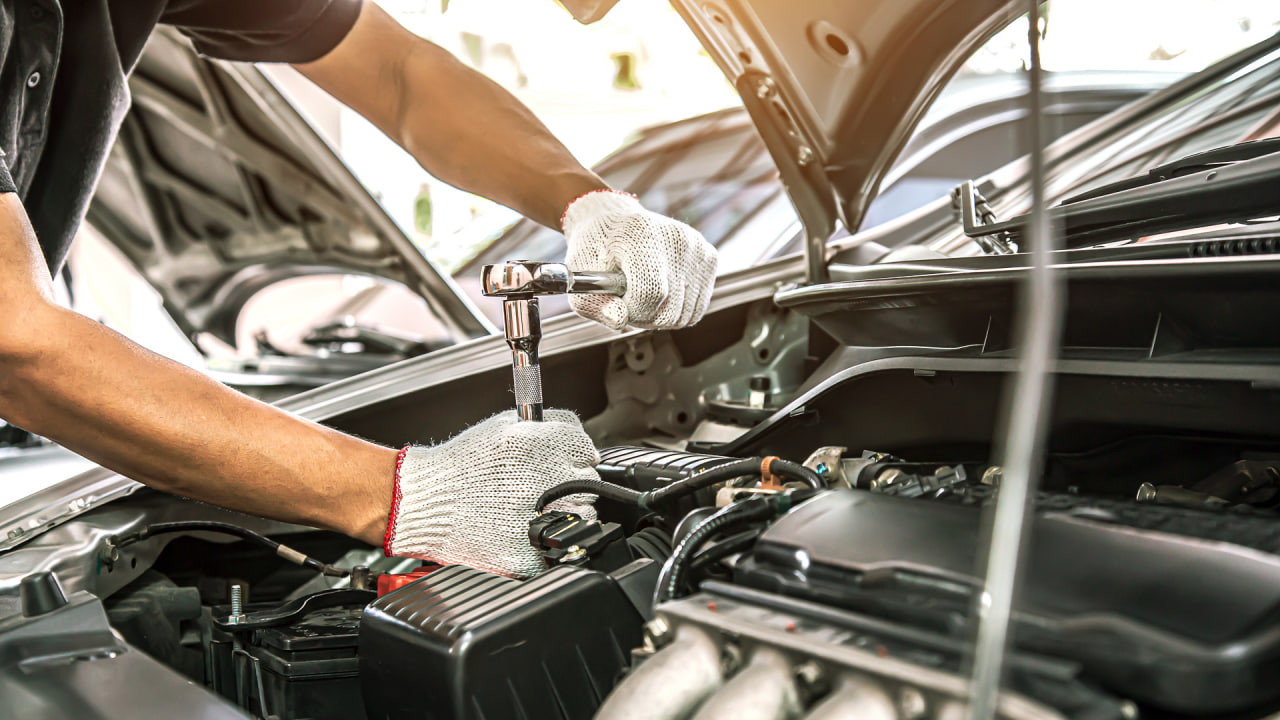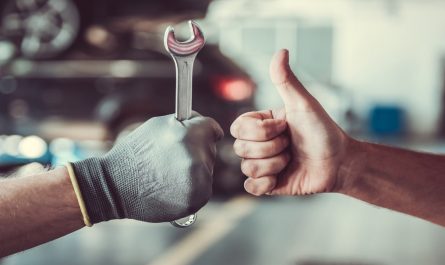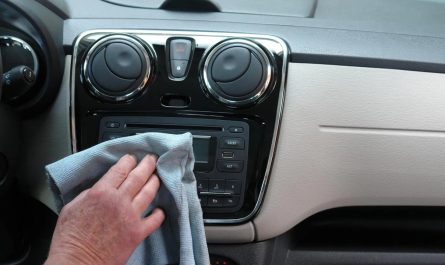Understanding the Importance of Car Maintenance
Regular car maintenance is a vital aspect that every vehicle owner should prioritize to ensure the longevity and optimal performance of their automobile. A well-maintained vehicle not only functions better but also significantly reduces the likelihood of unforeseen repairs. Neglecting routine upkeep can lead to serious mechanical issues, causing costly repairs and sometimes even resulting in vehicle breakdowns on the road.
One primary economic benefit of preventative maintenance is the reduction of repair costs over time. By addressing minor issues, such as fluid leaks or worn-out brake pads, during regular check-ups, drivers can avoid heavier expenses associated with more severe problems that may arise from neglect. Furthermore, a car that is in good working order typically achieves better fuel efficiency. This means that regular oil changes, tire rotations, and air filter replacements can lead to reduced fuel consumption, ultimately saving drivers considerable amounts on gasoline.
Aside from the economic advantages, proper vehicle maintenance plays a critical role in ensuring safety on the road. Regular inspections can help identify potential hazards such as worn tires, failing brakes, or malfunctioning lights that may compromise driver safety. Moreover, a trustworthy and well-functioning vehicle provides reassurance to drivers regarding their reliability. Knowing that the car has been adequately maintained allows for greater confidence during travel, which is essential for both personal peace of mind and public road safety.
In conclusion, understanding the importance of regular car maintenance cannot be overstated. It not only enhances the performance and longevity of the vehicle but also offers significant financial benefits and ensures safe driving conditions. Prioritizing maintenance tasks can lead to a more enjoyable and reliable driving experience for all individuals on the road.
Tip 1: Regular Oil Changes
Regular oil changes are a cornerstone of car maintenance that every driver should prioritize. Engine oil plays a vital role in lubricating the intricate components within the engine, minimizing friction, and reducing heat generated by moving parts. Over time, however, oil can become contaminated with dirt, debris, and combustion byproducts, which can lead to increased wear and tear on the engine, reduced efficiency, and, in severe cases, catastrophic engine failure.
Neglecting the essential task of changing the engine oil can have significant consequences. As oil breaks down, its ability to protect engine components diminishes, leading to issues such as diminished fuel economy, increased emissions, and costly repairs. While some drivers may be tempted to extend the interval between oil changes to save time or money, this practice is ill-advised. Typically, it is recommended to change the oil every 3,000 to 5,000 miles, but this schedule can be adjusted based on individual driving habits and the type of vehicle. For instance, drivers who frequently engage in stop-and-go traffic, tow heavy loads, or drive in extreme weather conditions may need to change their oil more frequently.
Another important aspect of maintaining optimal engine performance is regularly checking oil levels and quality. This can be easily accomplished by using the dipstick located in the engine bay, which provides information on the oil level as well as its color and consistency. Clear, amber oil indicates good condition, while dark, gritty oil suggests it is time for a change. Keeping a consistent schedule for oil changes and monitoring oil quality will not only prolong the life of your engine but also ensure that your vehicle operates smoothly and efficiently.
Tip 2: Tire Care and Maintenance
Tire care and maintenance play a pivotal role in ensuring vehicle performance, safety, and fuel efficiency. One of the primary aspects of tire maintenance is regularly checking the tire pressure. Properly inflated tires are crucial not only for safety but also for optimizing fuel economy. Under-inflated tires can lead to increased rolling resistance, making the engine work harder and reducing miles per gallon. It is recommended to check tire pressure at least once a month and before long trips, using a reliable tire pressure gauge. The correct pressure levels can typically be found on a sticker inside the driver’s side doorbell or in the owner’s manual.
Another important factor to consider is tire tread depth. Tires that are worn down can significantly impact handling and braking performance, especially in adverse weather conditions. A simple method to check tread depth involves the use of a penny. Insert the penny into the tread grooves with Lincoln’s head facing down; if you can see all of Lincoln’s head, it indicates that the tread is too shallow and the tires should be replaced. Regularly monitoring tread wear can help identify when it is necessary to rotate tires, a practice that promotes even wear and extends tire life.
Alignment and balance are additional elements of tire maintenance that should not be overlooked. Misalignment can cause uneven tire wear and negatively affect steering, which can be dangerous. Drivers should have their alignment checked annually or when they notice abnormal tire wear patterns or changes in vehicle handling. By staying vigilant with tire care and maintenance, drivers can enhance their vehicle’s safety, improve handling, and achieve better fuel efficiency, ensuring a smoother and more economical driving experience.

Tip 3: Inspect and Replace Brake Components
Brake maintenance is a vital aspect of vehicle upkeep that ensures both safety and performance. The braking system consists of several key components, including brake pads, rotors, and brake fluid. Each of these elements plays a crucial role in the overall functionality of the brake system, making it essential for drivers to be aware of their condition and performance.
One of the first indicators of potential brake issues is the performance of the brake pads. These components are responsible for pressing against the rotors to slow down the vehicle. Typically, brake pads should be inspected every six months or during routine maintenance. Drivers should watch for warning signs such as squeaking, grinding noises, or a spongy brake pedal, which may indicate worn brake pads. Regular inspection of brake pads is critical, as operating with worn pads can lead to further damage to the rotors, resulting in costly repairs.
Rotors, another essential brake component, can also wear down over time. Signs of warped or damaged rotors include vibrations when braking or a pulsation in the brake pedal. If these symptoms arise, it is advisable to have them inspected and possibly replaced. Generally, rotors may need replacement every 50,000 miles, but this can vary based on driving habits and environmental factors.
Additionally, brake fluid is vital for maintaining brake pressure. It is hygroscopic, meaning it absorbs moisture over time. Drivers should check the brake fluid level regularly and replace it according to the vehicle manufacturer’s recommended intervals, typically every two years. Neglecting to replace old brake fluid can compromise brake performance and safety.
In conclusion, prioritizing brake maintenance through regular inspections and timely replacements of brake components is crucial for ensuring vehicle operability and driver safety. Recognizing and addressing potential brake issues early on can prevent more significant problems down the line, leading to a smoother and safer driving experience.


